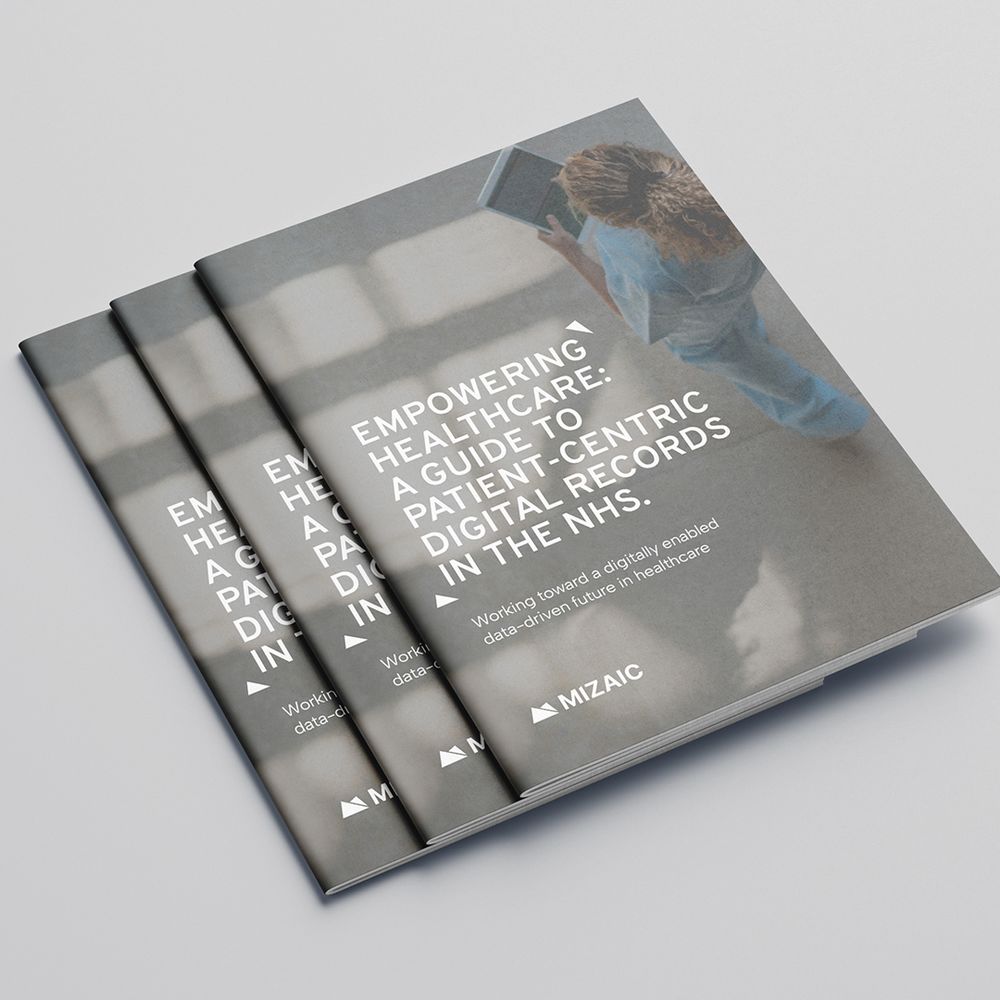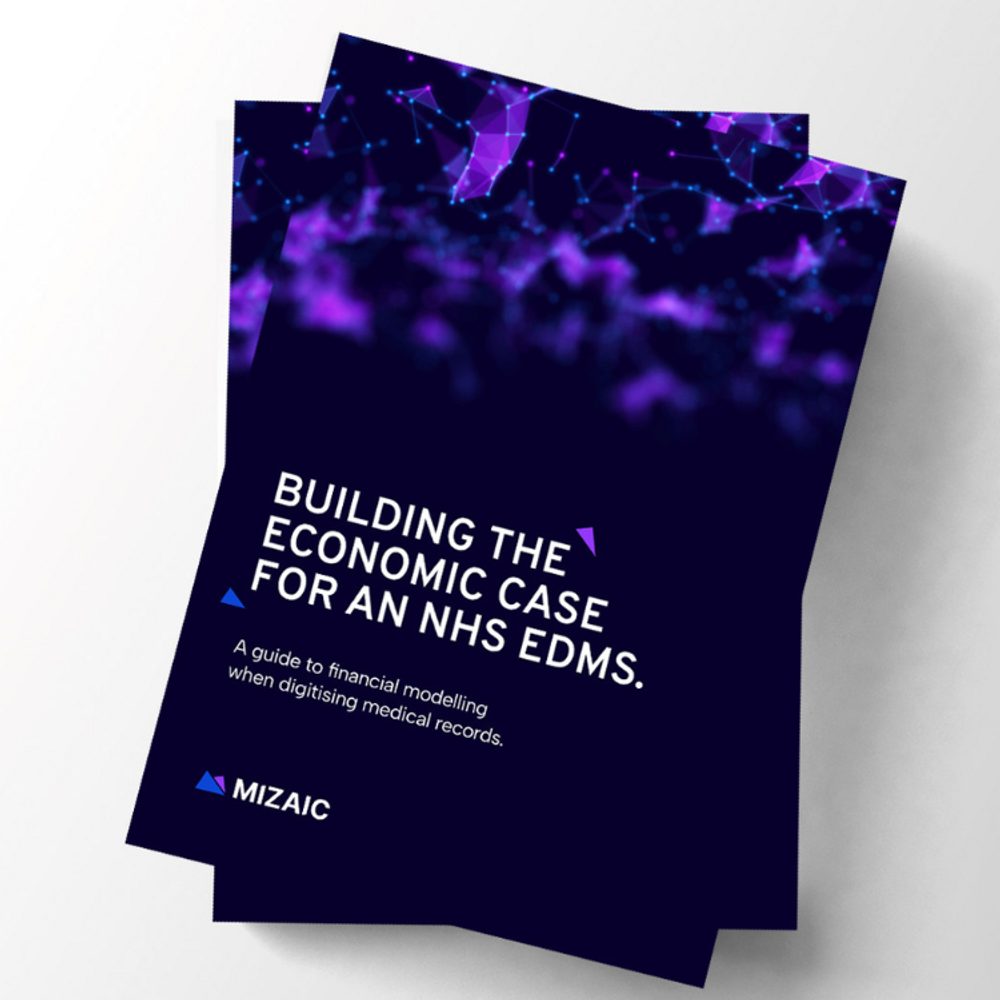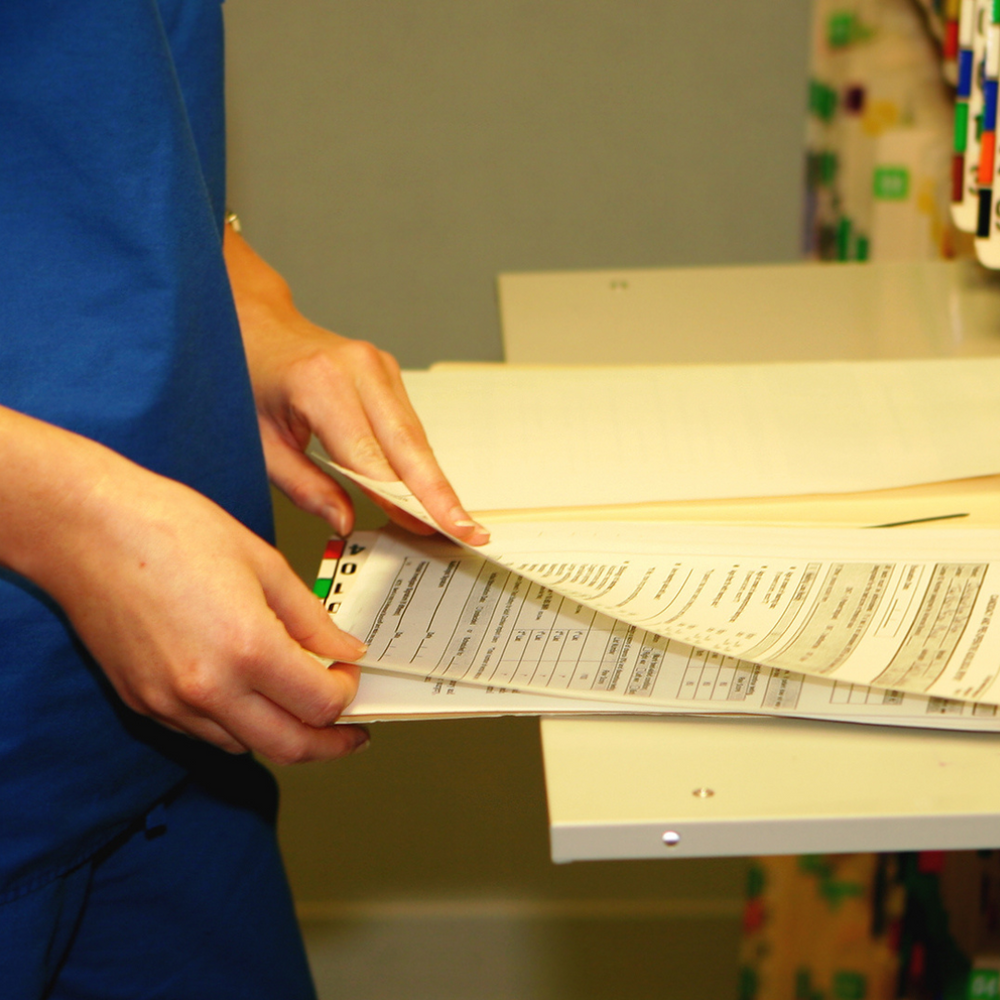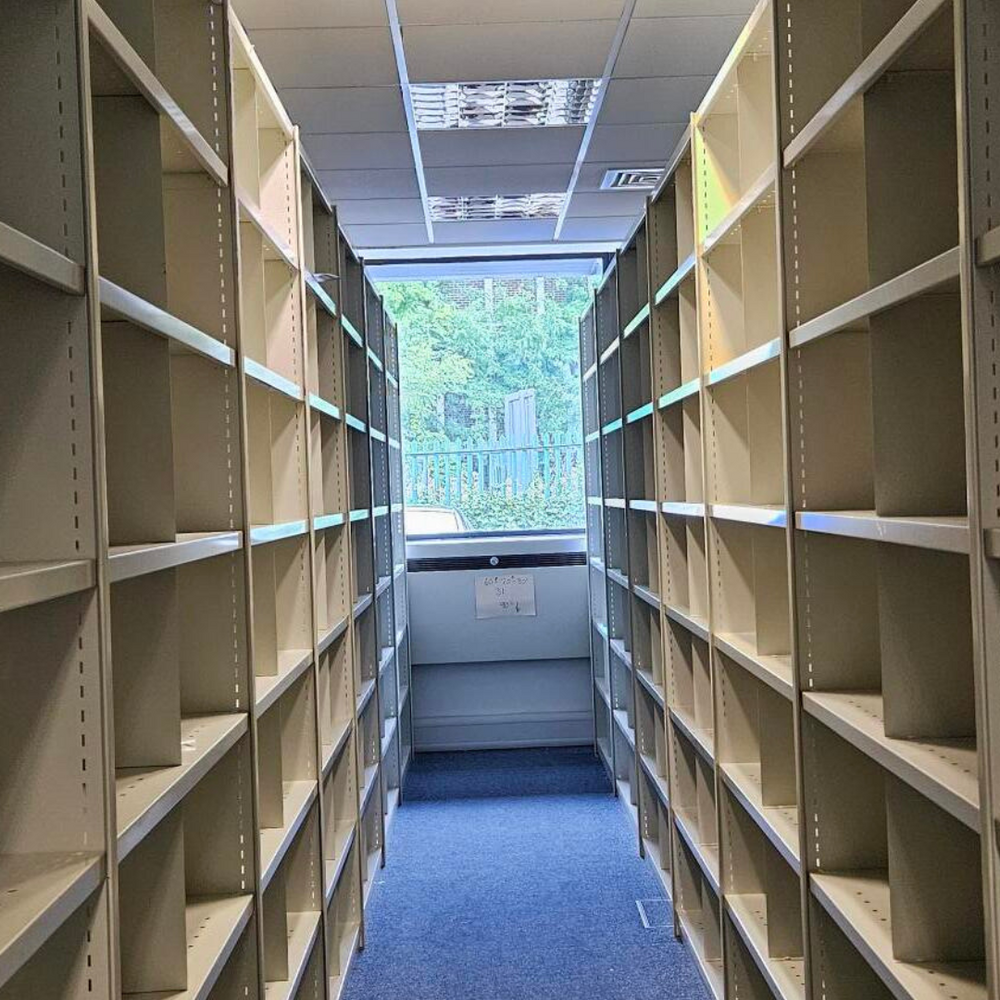
During the Spring Budget announcement, the Chancellor of the Exchequer unveiled a significant boost for the NHS, allocating an additional £3.4 billion in response to a public services productivity review.
This injection of funds is geared towards enhancing NHS productivity in the coming years, primarily through the modernisation of IT infrastructure, leveraging AI, digital solutions, and other technological advancements. Here, we take a look at the key initiatives the government hopes this investment will kickstart and hear what our CEO thinks about the news.
Overview of NHS budget
As a pivotal outcome of the funding, all hospitals will gain access to electronic patient records (EPRs), facilitating seamless healthcare delivery and improving overall efficiency within the system – something we’ve pushed for since day one. The government's objective is to achieve a targeted increase in NHS productivity of 2 per cent annually by the fiscal year 2028/29.
The Chancellor emphasised these measures are projected to unleash £35 billion in savings between 2025/26 and 2029/30. Some notable examples of initiatives earmarked for investment include:
£430 million allocated to revolutionise patient access and services, empowering individuals with greater choice and the flexibility to manage appointments virtually. This investment is anticipated to yield savings of £2.5 billion over five years.
A £1 billion commitment to optimising data utilisation, aimed at streamlining administrative tasks for NHS staff – unlocking more than £3 billion in savings over the next five years.
A £2 billion allocation to revamp fragmented and outdated IT systems across the NHS, ultimately reducing the staggering 13 million hours currently wasted by doctors annually. This overhaul is expected to generate savings of up to £4 billion over five years.
What do we think?
In response to the news, our CEO, Jon Pickering, acknowledges the positive momentum it signifies for the healthcare industry. While he applauds the injection of additional funding as a step in the right direction, he highlights the pressing need for concerted efforts to translate this financial support into tangible benefits for individual NHS Trusts. Jon emphasises that while the proposed savings are promising, there remains a substantial gap in equipping Trusts with the necessary tools and strategies to effectively harness these potential efficiencies. He highlights the importance of comprehensive support and guidance to enable Trusts to navigate the complexities involved in unlocking the suggested savings.
Jon said: “It’s really encouraging news from the government… announcing its intention to fund an NHS multi-billion productivity plan and to make the NHS the largest digitally integrated healthcare system in the world. It has been a long time coming, but we think this now signifies that the government finally understands the size of the task ahead and that enabling the end-to-end digitisation of patient records, extends beyond just implementing EPR systems – as a good step as they are.
To deliver on this commitment of going truly paperless, Trusts should now get the government support they need to digitise the patients’ history as a priority. This will digitally enable key clinical information for improved patient care, saving the NHS billions in the process of storing and moving paper records around”.
He added: “But, there is clearly a lot of work needed to put this into action and help individual NHS Trusts actually understand how they can leverage the savings being suggested. We will continue to work with Trusts to help unlock these benefits as the funding is made available.”
Digitisation success at London North West University Hospital
At Mizaic, we’re already working with Trusts across the country to improve productivity and realise cost-saving benefits. One noteworthy example of innovative cost-saving initiatives within NHS Trusts comes from London North West University Hospital (LNWUH), which boasts an annual expenditure of approximately £800 million.
By working with us, Restore Digital and Apira, LNWUH recently undertook a groundbreaking project to digitise its medical records. The successful completion of this project has resulted in significant savings for the Trust, amounting to £2 million per annum. These savings encompass various areas such as space, payroll, consumables, courier services, and the phasing out of related systems. Remarkably, these savings represent 0.25 per cent of LNWUH's annual turnover regularly.
This achievement is not isolated; to our knowledge, there are a total of 18 other Trusts that have implemented similar initiatives, potentially saving a cumulative £37.3 million per annum if LNWUH's results are indicative of the broader impact.
Based on our extensive experience, such investments have demonstrated a clear return on investment and align with Jeremy Hunt's recent test of "Annual savings within five years equal to the total investment requested." This highlights the effectiveness and sustainability of initiatives aimed at modernising healthcare infrastructure and optimising operational efficiency within NHS Trusts.
Ready to revolutionise your Trust's operations and unlock substantial cost-saving benefits? Contact us today to learn more about MediViewer, our electronic document management system (EDMS), and discover how we can help you streamline processes, enhance productivity, and maximise efficiency in healthcare delivery.
Related posts

guide
The Challenge of Managing Access Requests in NHS Trusts

guide
Empowering healthcare: A guide to patient-centric digital records in the NHS

guide
Building the economic case for an NHS EDMS guide

news
We’ve won 17th place in the Tech200 Awards!

case study
Helping Northumbria Healthcare NHS Foundation Trust digitise 1m+ patient records

case study
Barnsley Hospital achieves digital excellence with partners Mizaic, System C and Iron Mountain

case study
Hillingdon Hospitals NHS Foundation Trust transforms healthcare infrastructure

case study
Helping Northampton General Hospital NHS Trust digitise 200,000+ medical records

case study
London North West University Healthcare NHS Trust celebrates 170,000+ digitsed records

